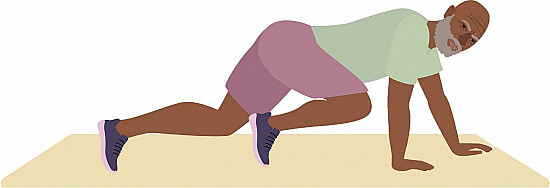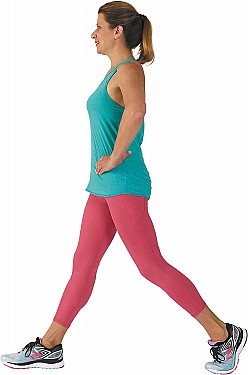Want a stronger core? Skip the sit-ups

Many people are surprised to learn that a strong core does more than just improve your shape—it also supports better posture, balance, and stability. A sturdy core acts as the central link between your upper and lower body, making everyday movements like bending to tie a shoe, reaching for something on a high shelf, or simply standing upright much easier and less tiring. Strengthening these muscles can help prevent falls and injuries, especially as we grow older.
Sit-ups once ruled as the way to tighter abs and a slimmer waistline. Now plank exercises, in which you assume a position and hold it, are the gold standard for working your core, while classic sit-ups and crunches have fallen out of favor.
Why planks over sit-ups?
One reason is that sit-ups are hard on your back. They push your curved spine against the floor and work your hip flexors, the muscles that run from the thighs to the lumbar vertebrae in the lower back. When the hip flexors are too strong or too tight, they tug on the lower spine, which can create lower back discomfort.
In addition, plank exercises recruit a better balance of muscles on the front, sides, and back of the body than sit-ups, which target just a few muscles.
Finally, activities of daily living such as bathing, getting out of bed, or walking, as well as sports and recreational activities, call on your muscles to work together, not in isolation. Planks recruit a better balance of muscles on the front, sides, and back of the body than sit-ups, which target just a few muscles. Through dynamic patterns of movement, a good core workout like plank exercises can help strengthen the entire set of core muscles you use every day, leaving you with a stronger and more balanced body.
Here are some Plank Tips and Techniques to help you get started:
- Do form a straight line from head to heels.
- Don’t bend at your hips.
- Don’t let your belly drop toward the floor.
No matter your age or fitness level, prioritizing core exercises like planks is a smart investment in your long-term health and well-being. By making core-strengthening a regular part of your routine, you can improve your posture, enhance your mobility, and lay the foundation for a more active, independent lifestyle.
For more strategies on how to build up your core strength, read Core Exercises, a Special Health Report from Harvard Medical School.
Image: © JohnnyGrieg/Getty Images
Disclaimer:
As a service to our readers, Harvard Health Publishing provides access to our library of archived content. Please note the date of last review or update on all articles.
No content on this site, regardless of date, should ever be used as a substitute for direct medical advice from your doctor or other qualified clinician.
















